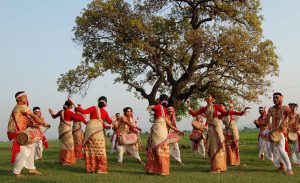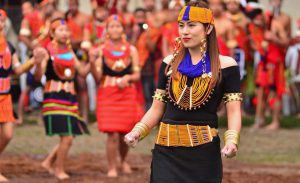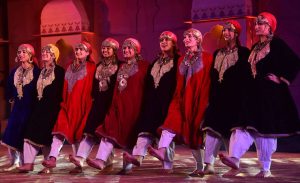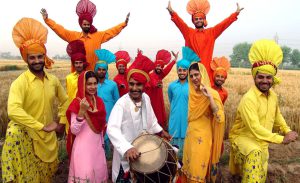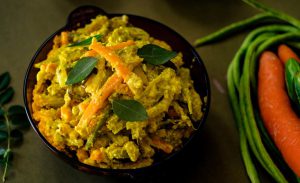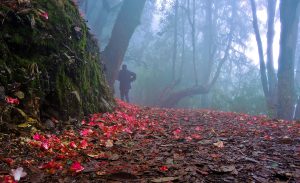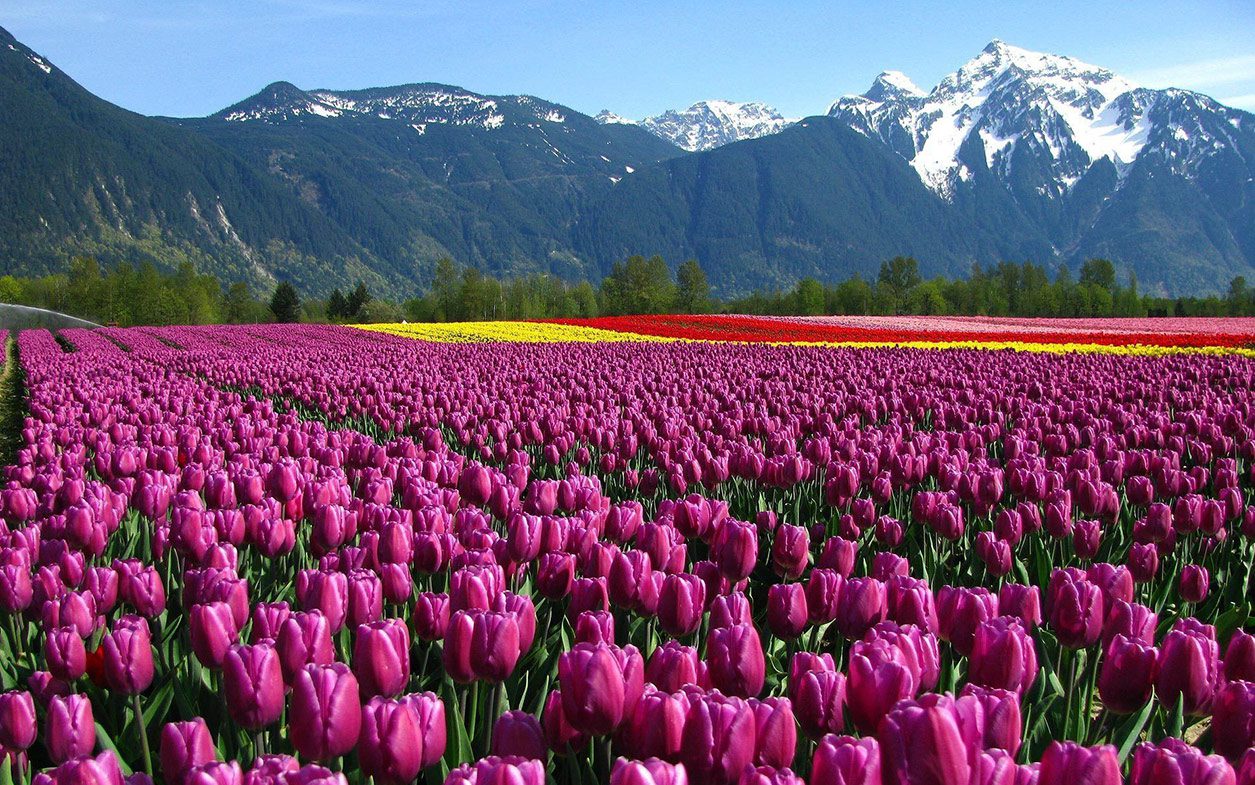
art of travel
Monthly Musing
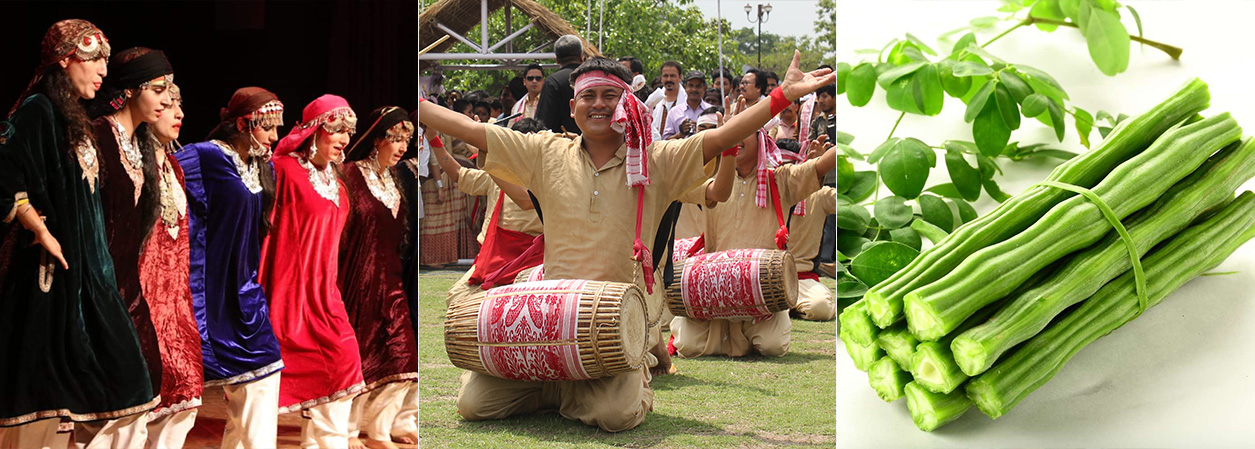
In India, spring is the month of flowers, fresh harvest, and renewed optimism. After the crops are harvested, stocked, and sold, harvest festivals are observed across the country. Whether it is Vaisakhi in Punjab, Bohag Bihu in Assam, Pohela Boishakh in West Bengal, Vishu in Kerala, Puthandu in Tamil Nadu, or Aoling in Nagaland, people gather to celebrate nature and man coming together to create the most basic of necessities – food.
Here are our top 5 reasons that make spring in India a treat for all your senses.
DANCE
Rouf – Pronounced as ‘Row’ or ‘Ruf’ – this folk dance is performed by the women of Kashmir to welcome the spring season. The dance is inspired by the bee and mimics its movements to and away from the flower. The dance is also performed during festivals such as Eid, Ramadan and during weddings. At this time of the year, Srinagar, the capital city of Kashmir turns into a riot of colours with the blooming of tulips. Situated on the Zabarwan range’s slopes overlooking the Dal Lake, Asia’s largest tulip garden is truly a feast for the eyes.
Where to see: Srinagar, Kashmir
Where to stay: The 100-year-old Karan Mahal, the former residence of the Kashmir Royals.
MUSIC
Dhool – Bohag Bihu, the spring festival of Assam is incomplete without the sound of the Dhool, a double-headed drum used in the highly vigorous and sensual Bihu dance which celebrates the fertility of Mother Nature. In the folk tradition of Assam, the Dhool is seen as feminine because of their hollow bodies (symbolic of the womb) and soft skins, and when the rigid sticks produce sounds by striking, rubbing, or plucking the stretched membranes it is considered as an act of making love.
Where to see: Kaziranga National Park, a UNESCO World Heritage site in Assam known for its excellent sightings of the one-horned rhino and the tiger.
Where to stay: Diphlu River Lodge, the eco-chic jungle lodge on the banks of the charming Diphlu River.
FOOD
Drumstick Mutton Curry Chettinad Style – The world may have put Moringa (Drumstick) on the list of superfoods but in kitchens across India it has been an integral and no-fuss ingredient during the spring season since centuries. It grows in most parts of India during spring but is probably.
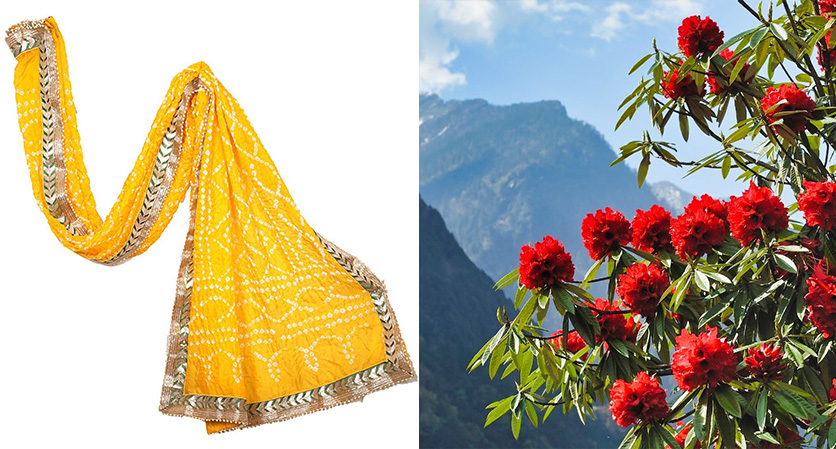
more ubiquitous in South India. After the banana plant, it’s also one of those rare trees where every part can be put to good use. Drumstick and sambar (a South Indian lentil and vegetable stew) are inseparable in a South India kitchen. The vegetable is also commonly used in avial (a mix of various vegetables in a coconut and yogurt sauce) in Kerala. But the drumstick does more than just float in sambars and avials; the Chettiyars of Tamil Nadu use it brilliantly to lend a distinct texture and flavour to their succulent mutton curry.
Where to eat: The Bangala, Karaikudi
Where to stay: CGH Visalam Chettinad Palace, a charming heritage property that retains the original charms and cultural heritage of the historical Chettinad region of Tamil Nadu.
ATTIRE
Bandhani – Yellow is the colour of spring and a Yellow Bandhani is absolutely a must-buy during springtime. Bandhani (a type of resist tie and dye textile) for the uninitiated resembles a knotted piece of rag, an unattractive mish-mash of threads. It is only when it is finally opened one realises that Bandhani is not merely a fabric; it is a canvas of secret stories tied up in small bundles. Depiction of Bandhani clothes could be seen in the paintings on the walls of Ajanta Caves, a UNESCO World Heritage Site in Aurangabad that date from the 2nd century BCE to about 480 or 650 CE.
Where to buy: Jaipur, Rajasthan
Where to stay: The 188-year-old Ram Bagh Palace, the former residence of Maharani Gayatri Devi.
NATURE
Rhododendrons – As the spring season rolls in by mid-march, the foothills of the Himalayas are ablaze with striking hues of scarlet, pink, purple, and red Rhododendrons. The weather is refreshing after the Himalayan winters and it is an absolute delight to witness these majestic trees in their full glory. Often the entire forest floor is covered in a carpet of bright red and pink and purple from the fallen Rhododendrons flowers!
Where to see: Binsar, Uttarakhand
Where to stay: Nine Furlongs, Binsar, a deep forest heritage estate built in the 19th century.
Spring is here. Where are you?
What’s New
What’s New at the Red Fort
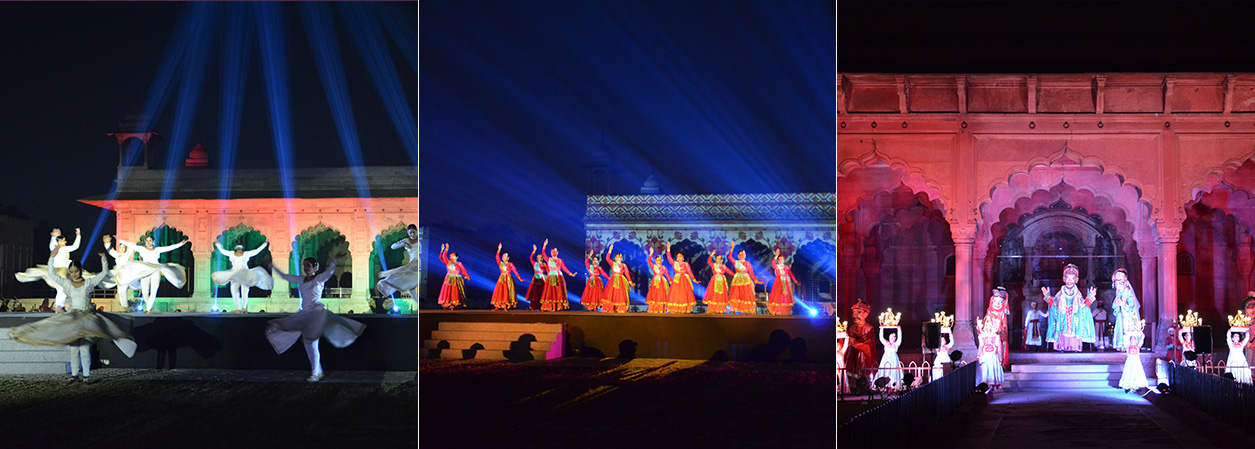
The Red Fort in Delhi has been a seat of power since its construction in the 17 century, both literally and symbolically. Much of its beautiful gardens, harems, jewels and artworks have now ceased to exist however its symbolic power remains intact as ever. It is from the bastions of the Red Fort that Prime Minister of India addresses the nation on 15 August every year. The monument was last renovated by Archaeological Survey of India (ASI) in 2019.
Red Fort now offers new experiences that promise to enrich guests’ appreciation of this magnificent UNESCO World Heritage site. A fresh approach to the Sound & Light show has been implemented, going away from the stereotypical use of only sound and lighting elements. Rather than being seated in one location for the entire show, watching the illumination of a specific area of the monument while listening to background narration, guests can now explore different locations as the story progresses, immersing themselves in the entire performance and experiencing the highlights of this striking Mughal monument. Furthermore, the newly established Interpretation Centre employs state-of-the-art technology to offer visitors an interactive museum experience, guaranteeing an unforgettable visit.
Write to your relationship manager to access the detailed first-hand report by Inderjeet Rathod, Explorer, Destination Knowledge Centre.
Stories from India
Tiatr
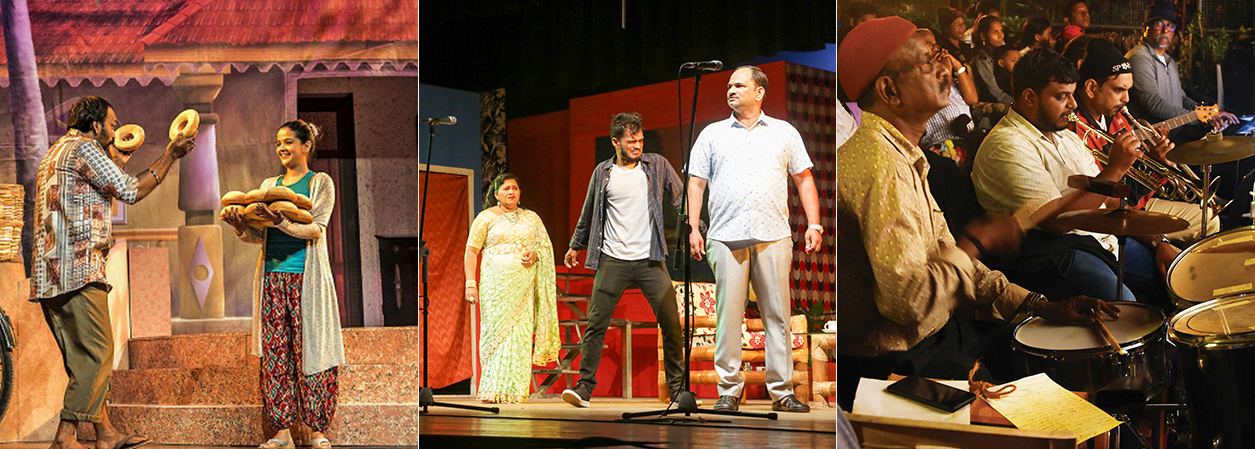
Tiatr is a dramatic art form unique to Goa. It is a play that is combined with songs and runs to packed houses not only in Goa also in the Middle East, London and other major western cities with Goan expatriates. The word Tiatr derived from the Portuguese word ‘teatro’ meaning theatre. This 131-year-old musical theatre tradition involves 6 or 7 acts called Podd’dde, which are of short duration of around 15 minutes.
A Tiatr lasts for about two to three hours. The songs sung in between were originally meant to fill the gap between the acts however, present day Tiatrs are supported by Western-style bands who plays segments of Michael Jackson’s “Black or White” and the theme of “The Good, Bad and Ugly”. Some composers have also fused jazz and blues with local music giving it a refreshing twist.
Tiatr as an art form was introduced to Goa by Lucasinho Ribeiro. In 1890, he went to Mumbai at the age of 27 and got a job with the Italian Opera Company. He soon left the job and started translating an Italian Opera word for word to Konkani, the local language of Goa. On April 17, 1892 with four of his friends as actors, Ribeiro directed the first performance at Mumbai’s New Alfred Theatre, which was a huge success. The news of Lucasinho’s success travelled
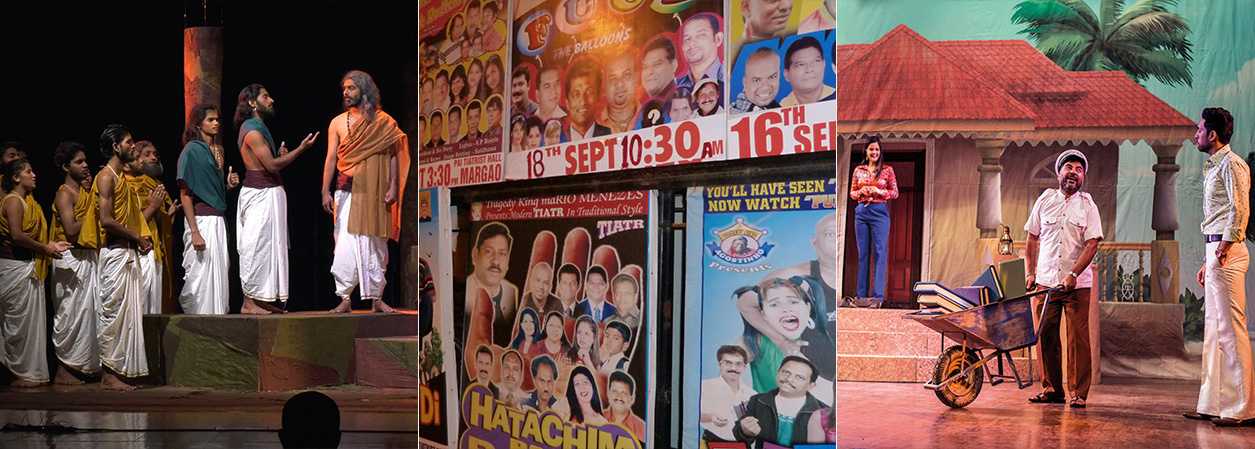
to his native Goa and his ‘Italian Burgo’ was the first ever Tiar to be performed in the state on January 1, 1894.
After this many drama groups were formed in Goa and Mumbai and many writers wrote plays especially for this art form. Ribeiro, the creator of Tiatr mostly translated English plays into Konkani but it was Joao Agostinho Fernandes, who wrote 27 Konkani Tiatrs during the first half of the 20th century and put his art form on a firm footing.
Tiatr is still alive and kicking in Goa. This heady mix of drama, comedy and improvisation today revolves around social, religious and political themes. It is considered to be a mirror of the culture of Goa where families put aside a sum every month just for Tiatrs. “A Tiatr is best enjoyed in a village during the annual feast of the local church. But that said Tiatrs are performed round the year in Goa,” says Kuntil Baruwa, Explorer, Destination Knowledge Centre.
Sustainability and Us
Sustainability Project to Watch Out For
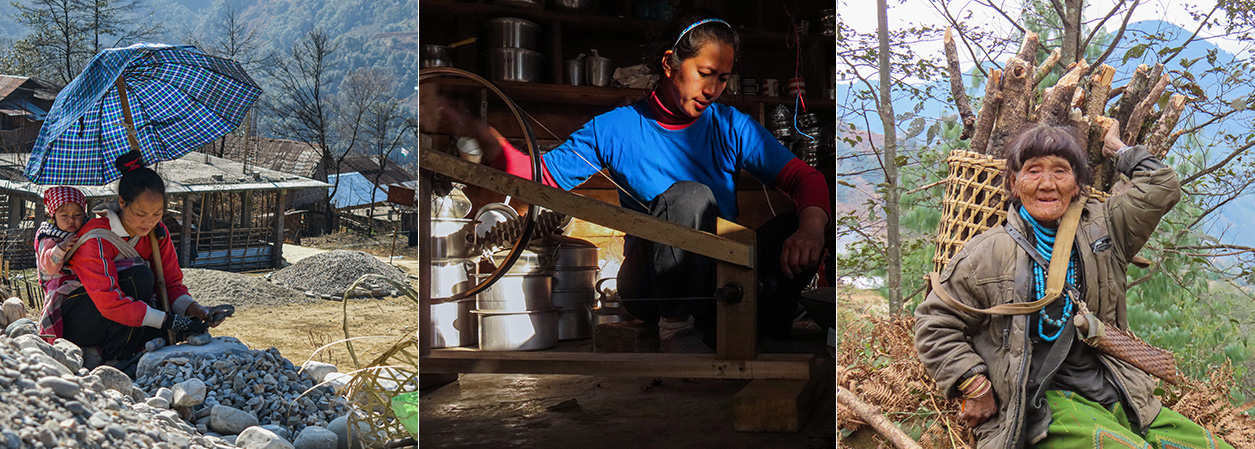
The Red Panda Trail at Labukore, Arunachal Pradesh
WHERE: Labukore, Arunachal Pradesh – Located on the Indo-Tibet border, Labukore is a small village (that doesn’t appear on Google Maps) of nine households belonging to the Adi Bakor community. The village, which can be accessed only on foot, has no mobile network or electricity, aligning perfectly with the pristine nature all around. Before the Indo-China war in 1962, the locals used to barter salt, textiles, machetes, and animals in exchange for animal skin, red dye, and chillies with Tibet which took 4 days to reach by foot. The people of Labukore are farmers. Millets have always been their staple source of diet while other crops grown here include a very unique variety of purple potatoes called Chegar. Surrounded by high mountain ranges, Labukore’s thick forests are home to a variety of mammals, birds, butterflies, rhododendrons, wildflowers, bamboo, and fruit-bearing trees.
WHAT: The Red Panda Trail – With the support of Green Hub, a not-for-profit that engages and empowers youth in conservation education, action, climate sustainability, and social change, the people of Labukore aims to create a responsible wildlife tourism model to provide alternative livelihood and motivate continued conservation efforts.
At the heart of their wildlife tourism model is the 3-night/4 days Red Panda Trail with overnight camping close to their spotting sites. The curated hike will be led by
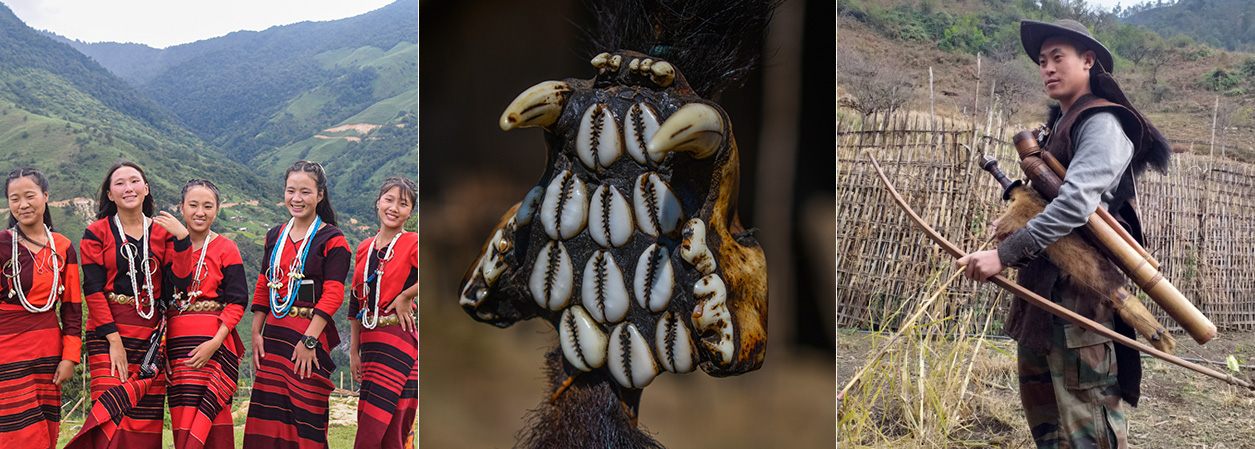
former hunters who are hugely knowledgeable not only about the Red Pandas that they once hunted but also about the terrain. Locally known as Kung Pulung, the Red Panda is a part of the folklore of the Adi Bokar community and they have an interesting folk story about why the Red Panda’s face is white. One of the highlights of the trail is the evening storytelling session by a village elder around the bonfire about the Red Pandas and other species that inhabit the forests of Labukore region. The village has already donated land for the proposed campsite.
CURRENT STATUS OF THE PROJECT: Right now, the project is in the stage of capacity building and documentation. Once this is achieved, the people of Labukore will allow a trickle of tourists with very specific skill sets who can contribute towards capacity development. The villagers are aware of the ill effects of over-tourism and eventually plan to cap the number of tourists to 30 every year.
Another flagship tour of their responsible wildlife tourism model is the 11-night/12 days Takin Expedition which will be held once a year to create awareness about this critically endangered mammal which continues to be brutally hunted. Found in the Eastern Himalayas, the Takin, also called the Cattle Chamois or the Gnu Goat is said to have fuelled the mythological Argonauts’ quest for the Golden Fleece. The Takin is Bhutan’s national animal, but the status hasn’t stopped it from being hunted despite a legend associating it with Buddhism. A 15th-century monk from Bhutan named Drukpa Kinley is believed to have used his powers to create the Takin using the head of a goat and the bones of a cow he had devoured.
“It will be interesting to see what these 9 households eventually do, but rest assured, their intentions are pure. We wish the people of Labukore the best,” says Kuntil Baruwa, Explorer at the Destination Knowledge Centre who recently attended the Green Hub Responsible Tourism Fellowship Conclave in Guwahati, Assam and had a close interaction with the stakeholders of Labukore.
Explore
Rewriting Narratives
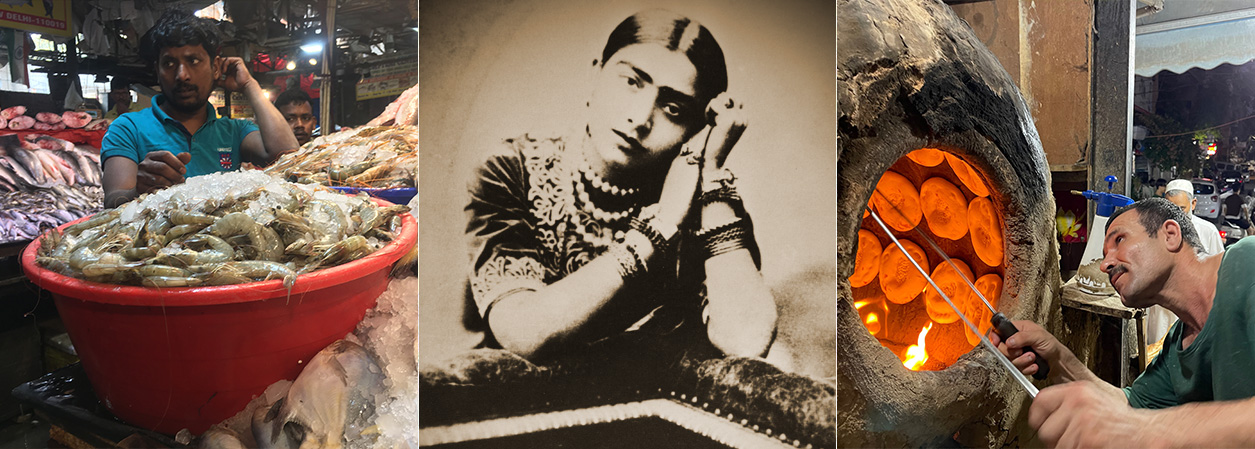
Untold Stories of Old Delhi
Location: Old Delhi, India
This tour in Old Delhi aims to dispel many misconceptions about the Tawaif (courtesan) culture prevalent in the north of India between the 18th and 19th centuries. It is important to recognise that in the last 5000 years, every era has had an institution of public women who were repositories of dance and music, working in the capacity of professional entertainers. During the Mughal Era, Chawri Bazar in Old Delhi used to be a promenade street with sprawling Tawaif mansions luring Kings, Nawabs, Poets, and Sahibs to their doors. “Get to know about the last remaining symbols of Kothas (residence cum performance venues of the Tawaifs) in Chawri Bazar and listen to the incredible stories of celebrated Tawaifs such as Rupmati, Anarkali, Rana Dil, Lal Kunwar Nur Bai, etc,” says Inderjeet Rathod, Explorer, Destination Knowledge Centre who experienced the tour firsthand.
Duration : 4 hrs
Best Time : All Year Round
Untold Stories of New Delhi
Location: New Delhi, India
Delhi is home to many refugees – mainly Afghans, Somalis, Burmese, Tibetans – registered with the UNHCR. Interestingly, what is considered quintessentially ‘Delhi’ today emerged out of the resilience with which displaced people migrating from Pakistan rebuilt their lives here. Chittaranjan Park which was once called East Pakistan Displaced Persons Colony was built in the 1960s to accommodate Bengali refugees from Bangladesh. In a locality in South Delhi, displaced Afghans have built a little Kabul where eateries serve flavors of their homeland. The Tibetan Momo, a steamed dumpling, has become Delhi’s most omnipresent food. Food for these refugees is a way to reclaim their identity and preserve their cultural heritage.
“This tour is a fascinating insight into how the refugees are engaging with the people in India that they now call home with their culinary heritage. It is a great story of continuity and change,” says Soma Paul, Product Manager, Destination Knowledge Centre who experienced the tour firsthand.
Duration : 4 hrs|30 mins
Best Time : All Year Round
Write to your relationship manager for more details.
Festivals to look out for
Nenmara Vallangi Vela, Palakkad, Kerala
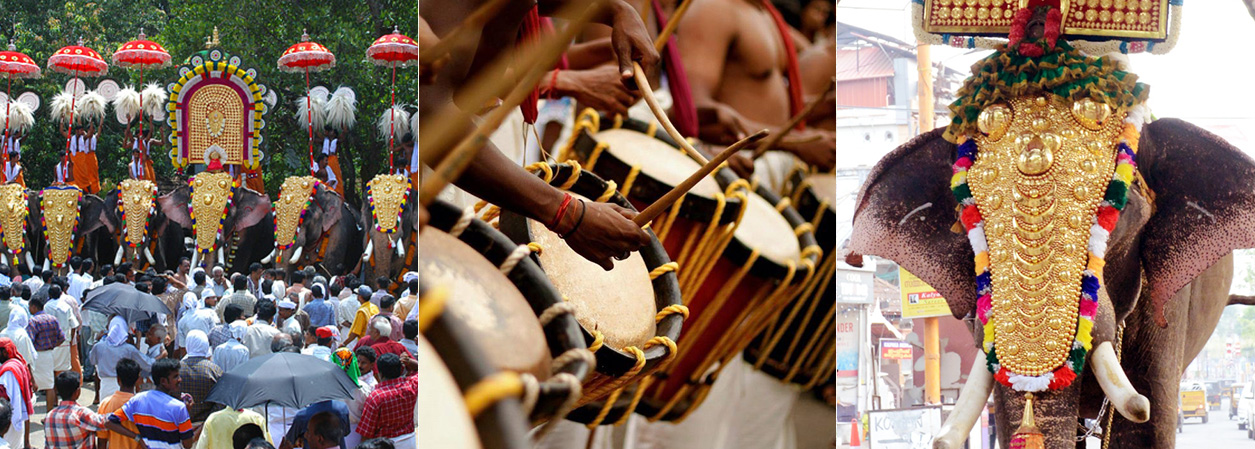
03 April, 2023
Celebrated annually in the Nellikulangara Bhagavathy Temple in Palakkad, Kerala, the Nenmara Vallangi Vela festival is hosted by the two villages of Nenmara and Vallangi. The friendly competition between the two to outdo each other spices up the entire festival. One also gets to witness some wonderful lesser-known folk art forms of Kerala. Magnificent processions with caparisoned elephants are being taken out from the two villages and they enthusiastically perform several traditional percussion ensembles in a bid to outshine each other.
“The quaint village of Ramaserry in Palakkad is world famous in Kerala for the idlis (a type of savoury rice cake) it makes – the delicious Ramassery Idlis. There are four families in the idli-making business here and it is a tradition handed down from one generation to the other. The recipe of Ramaserry idli dates back about one century, which again is a trade secret. The story goes that a couple of families from the weaving community in Kancheepuram migrated to Kerala and settled down in Palakkad. All they knew was weaving and making these delicious idlis and somehow they gained fame in the latter. The spongy and soft Ramassery Idli is slightly different in shape from the conventional idlis. It is a little flat and round. More like the appams (a type of fluffy pancake) of Kerala – another delicious fare. The idlis are steamed in special clay pots only in firewood. True gourmet food handed down the generations and just could not be commercialised,” says Kuntil Baruwa, Explorer, Destination Knowledge Centre.
Stay at Kandath Tharavad, the 200-year old ancestral home of the Kandath family set in the lush rice paddies of rural Palakkad.
RESOURCES
SITE LINKS
CONTACT US
+ 91 (124) 4563000
Tower B, Delta Square, M.G. Road, Sector 25, Gurgaon - 122001, Haryana, National Capital Region of Delhi, India


